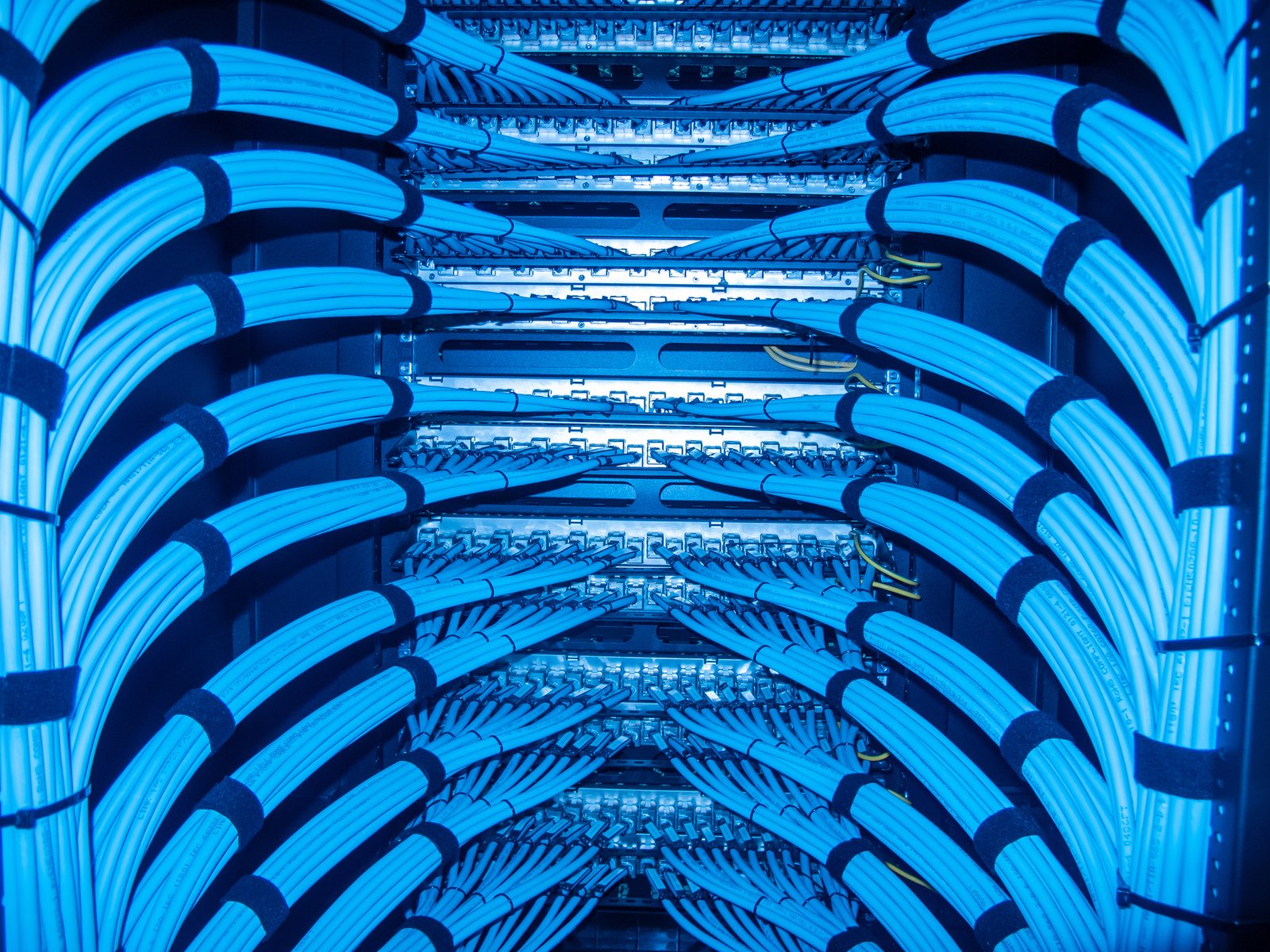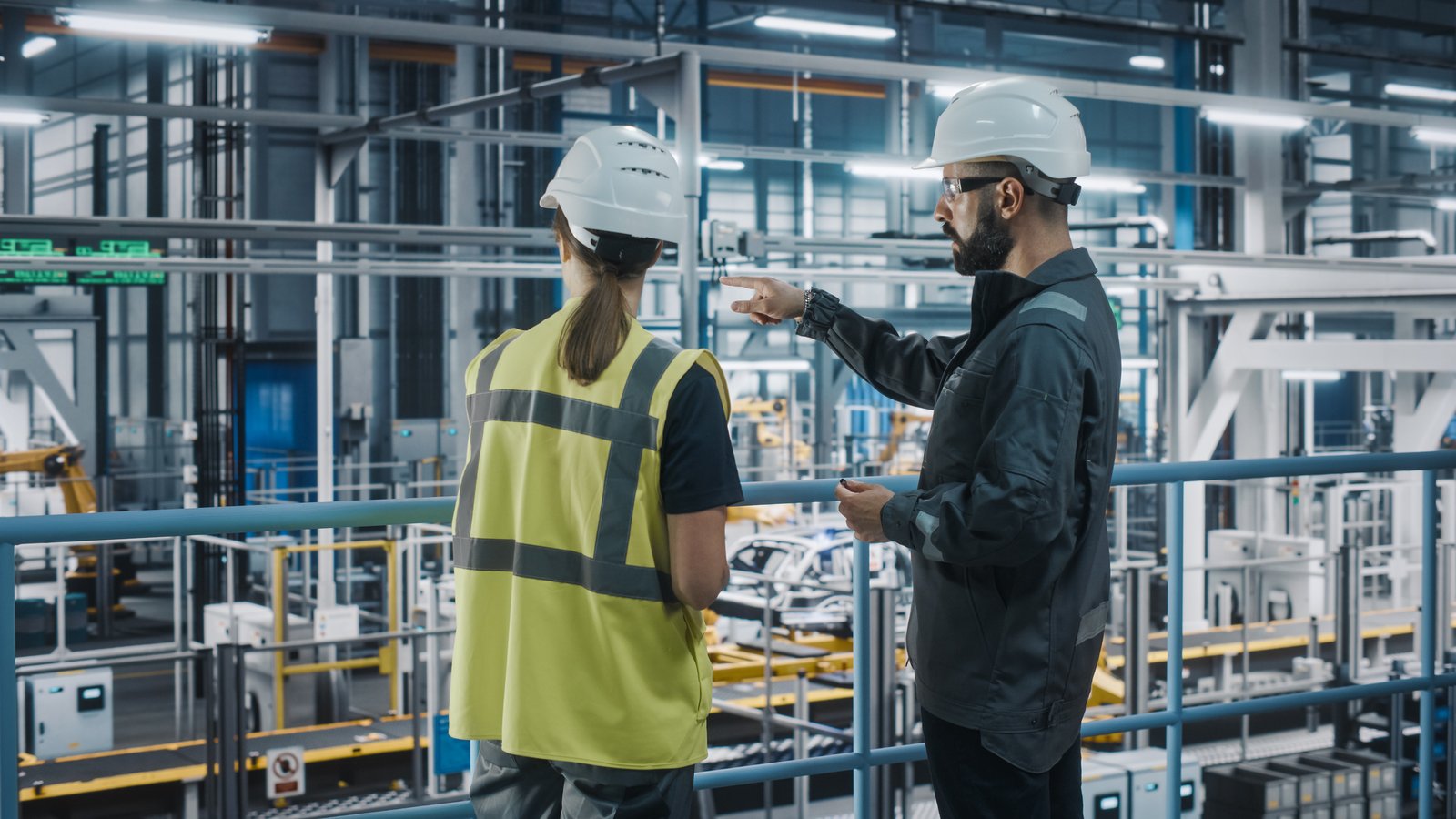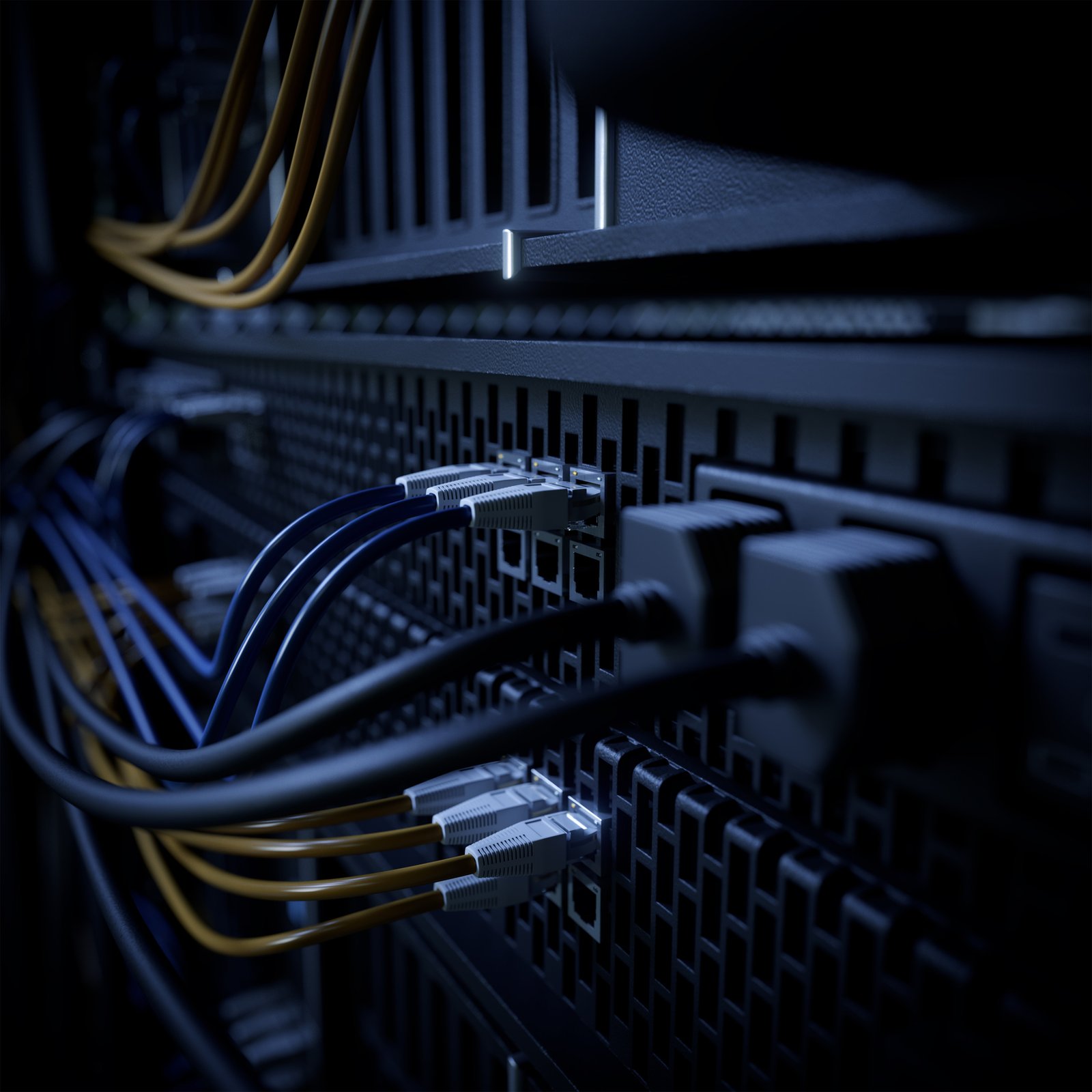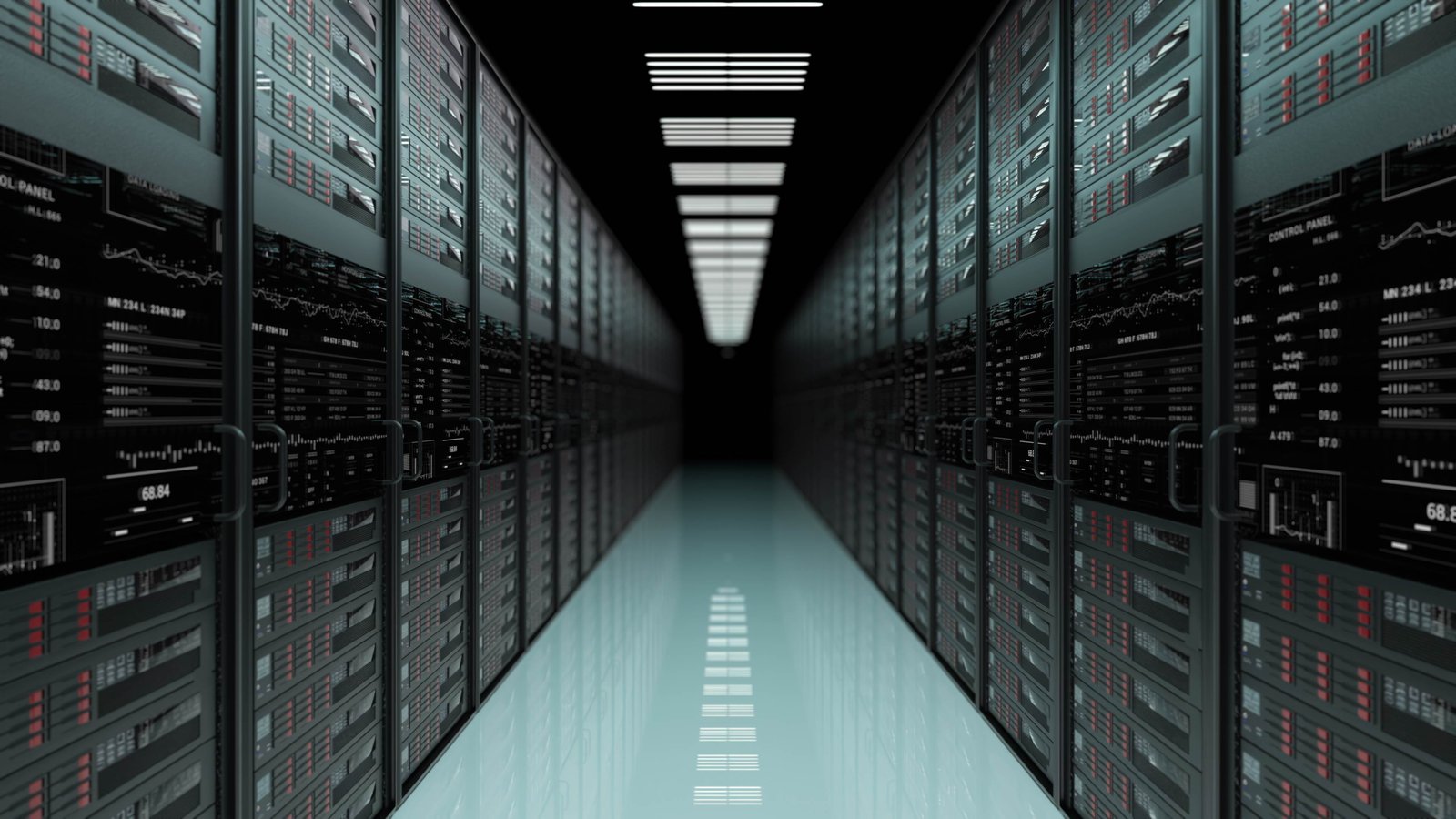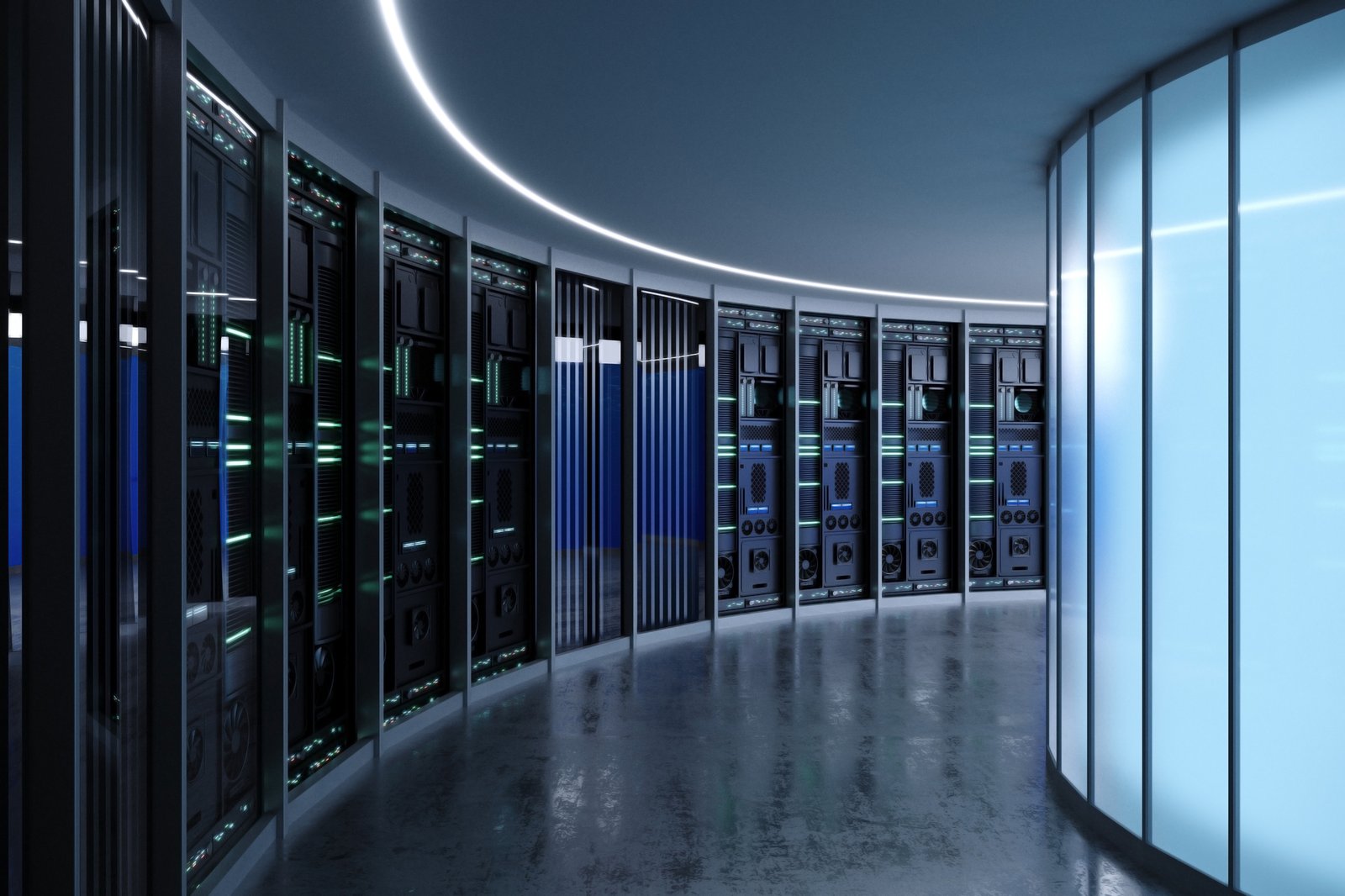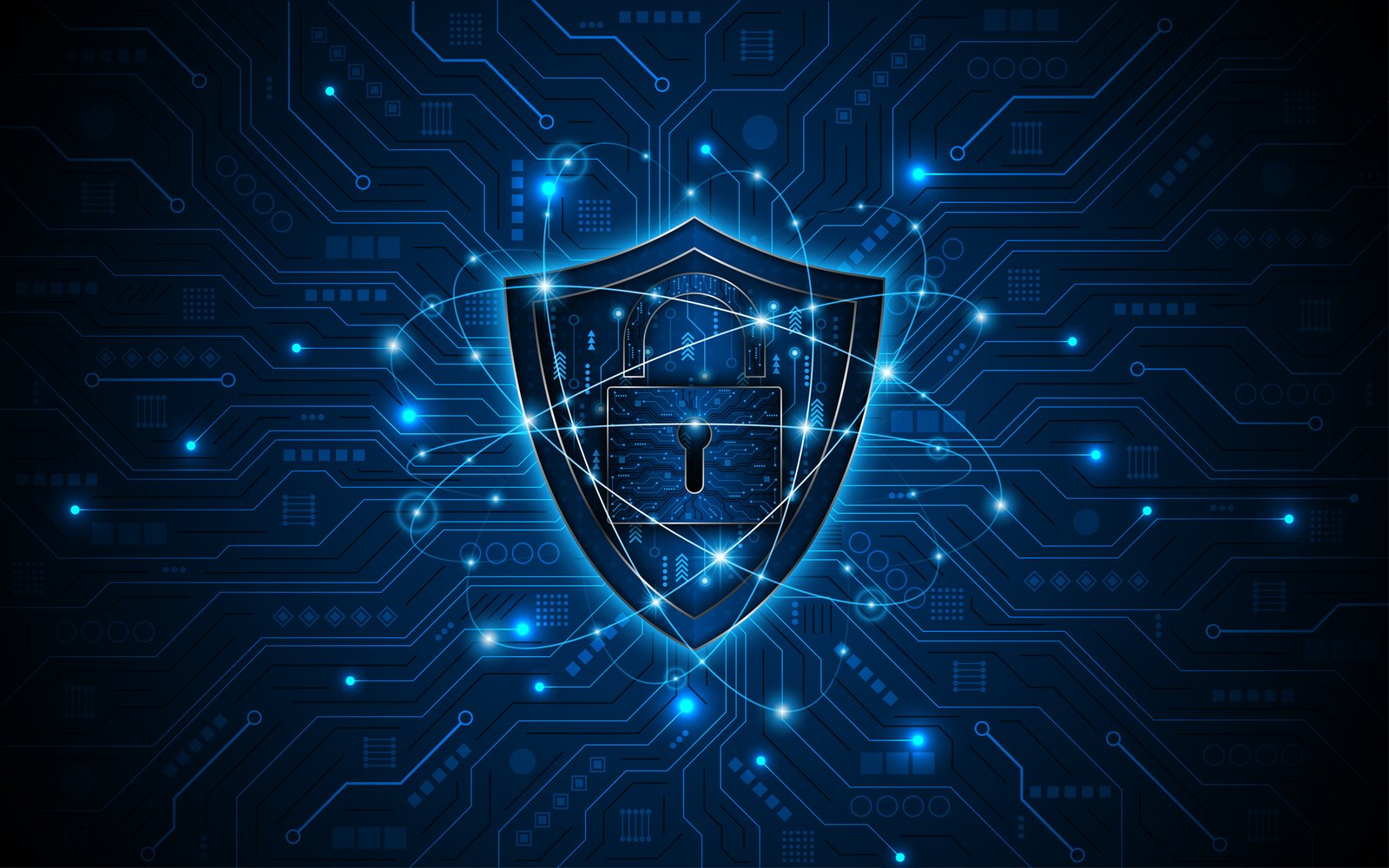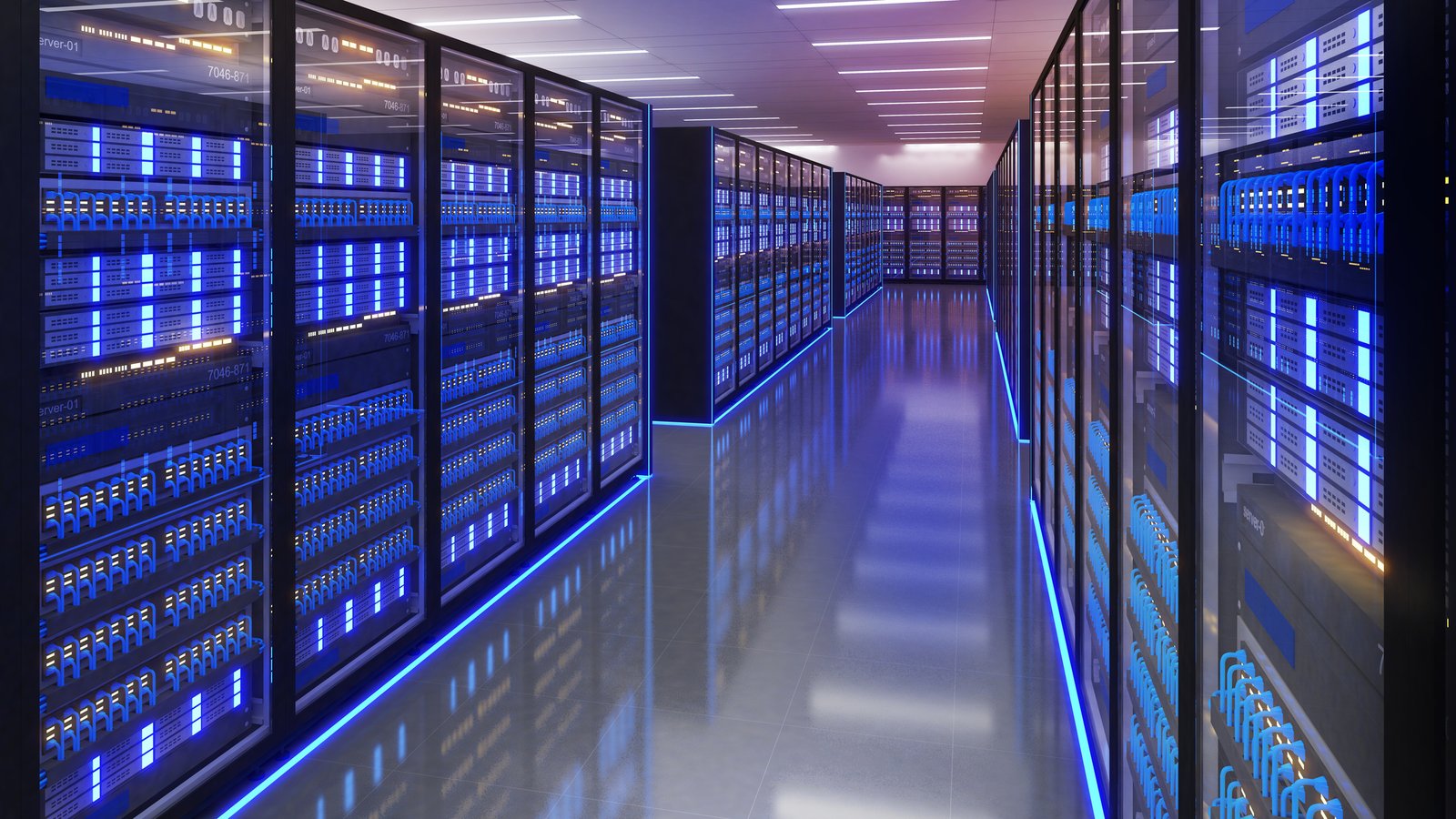The choice of data center cabling infrastructure may not get a lot of fanfare, but it plays a crucial role in determining performance, scalability, and cost-effectiveness.
The decision between fiber optic cables and copper cables becomes increasingly significant as the demand grows for higher bandwidth and faster data transmission in the modern data center.
“Copper cables have traditionally served most network links between servers, routers, and switches,” explained the publication Connector Supplier. “Fiber offers multiple technical advantages, including exceptional bandwidth, low attenuation and distortion over long distances, reduced bulk, as well as isolation from electromagnetic interference (EMI) and electrostatic discharge (ESD).”
Let’s explore the characteristics, advantages, and limitations of both fiber optic and copper cables in data center connectivity, helping you make informed decisions for your infrastructure needs.
Copper Cables: The Traditional Workhorse
Copper cables have been the backbone of data center connectivity for decades. Their reliability, cost-effectiveness, and compatibility with existing systems have made them a popular choice for many applications.
Here’s a closer look at copper cables in data centers:
- Types of Copper Cables: The two main types of copper cables used in data centers are coaxial cables and twisted pair cables. Coaxial cables consist of a central conductor surrounded by insulation and a conductive shield, while twisted pair cables feature pairs of insulated copper wires twisted together to reduce interference.
- Advantages:
- Cost-effective for short distances.
- Compatible with a wide range of existing hardware.
- Easy to install and terminate.
- Supports Power over Ethernet (PoE) for powering devices.
- Limitations:
- Limited bandwidth compared to fiber optic cables.
- Signal degradation over longer distances.
- Susceptible to EMI.
- Bulkier and heavier than fiber optic cables.
While copper cables have served data centers well for many years, their limitations in bandwidth and distance are becoming more apparent as data center requirements continue to grow.
Fiber Optic Cables: The Future of High-Speed Connectivity
Fiber optic cables have gained significant traction in data center environments due to their superior performance characteristics and ability to meet the increasing demands of modern applications.
“The economic and performance equation between copper and fiber has been gradually shifting to today where fiber is now becoming competitive in an increasing array of applications,” said Connector Supplier. “Advances in fiber durability, bend radius, and loss characteristics. coupled with new laser sources and modulators, are making fiber a more attractive alternative to copper in select applications.”
Here’s a closer look at fiber optic cables in data centers:
- Types of Fiber Optic Cables: The two primary types of fiber optic cables are single-mode and multi-mode. Single-mode fibers have a smaller core and transmit one mode of light, allowing for longer distance transmission. Multi-mode fibers have a larger core and can transmit multiple modes of light simultaneously, making them suitable for shorter distances.
- Advantages:
- Higher bandwidth and data transmission speeds.
- Longer transmission distances without signal degradation.
- Immunity to EMI.
- Thinner and lighter than copper cables.
- Lower power consumption and heat generation.
- Advantages:
-
- Limitations:
- Higher initial costs compared to copper cables.
- More complex installation and termination process.
- Fragile if not properly protected.
- Cannot carry electrical.
- Limitations:
Fiber optic cables offer superior performance and scalability, making them an increasingly popular choice for modern data centers that require high-speed, long-distance connectivity.
Comparison: Fiber Optic vs. Copper Cables
To make an informed decision about which cable type is best for your data center, it's essential to compare fiber optic and copper cables across several key factors.
Data Transmission Speed and Bandwidth
Fiber optic cables significantly outperform copper cables in terms of data transmission speed and bandwidth. While copper cables can support speeds up to 10 Gbps over short distances, fiber optic cables can achieve speeds of 100 Gbps and beyond over much longer distances. The boundaries continue to be pushed in 2024 with some fiber optic cables transmission speeds reaching 800 Gbps and whispers of a mind-boggling 1.6 Tbps in the future.
Distance Limitations
Copper cables experience signal degradation over relatively short distances, typically limiting their effective range to around 100 meters for high-speed applications. Fiber optic cables, on the other hand, can transmit data over distances of several kilometers without the need for signal regeneration.
Electromagnetic Interference (EMI) Susceptibility
Copper cables are susceptible to EMI, which can cause signal distortion and data loss. Fiber optic cables, being immune to EMI, provide more reliable data transmission in environments with high electromagnetic activity.
Power Consumption and Heat Generation
Fiber optic cables consume less power and generate less heat compared to copper cables, contributing to improved energy efficiency in data centers.
Cost Considerations
While fiber optic cables have a higher initial cost, their superior performance and longevity often result in lower total cost of ownership over time. Copper cables may be more cost-effective for smaller installations or short-distance applications.
Durability and Lifespan
Properly installed fiber optic cables typically have a longer lifespan than copper cables and are less likely to require replacement due to technological obsolescence.
|
Fiber Optic vs Copper: Tale of Two Cables |
||
|
Feature |
Fiber Optic Cables |
Copper Cables |
|
Data Transmissions |
Up to 800 Gbps (future: 1.6 Tbps) |
Up to 10 Gbps (limited distance) |
|
Distance Limitations |
Several kilometers |
Up to 100 meters (high-speed applications) |
|
EMI Susceptibility |
Immune |
Susceptible |
|
Power Consumption & Heat Generation |
Lower |
Higher |
|
Cost Considerations |
Higher initial cost, lower TCO (long-term) |
Lower initial cost, may be higher TCO (short-term) |
|
Durability and Lifespan |
Longer lifespan |
Shorter Lifespan |
Use Cases: When to Choose Fiber or Copper Cables
Understanding the appropriate use cases for each cable type can help data center managers make the right choice for their specific needs.
Scenarios where copper cables are preferred:
- Short-distance connections (less than 100 meters).
- Legacy system compatibility.
- Power over Ethernet (PoE) applications.
- Budget-constrained.
- Projects with lower bandwidth requirements.
Scenarios where fiber optic cables are preferred:
- Long-distance connections (over 100 meters).
- High-bandwidth applications (40Gbps, 100Gbps, and beyond).
- Future proofing for scalability.
- Environments with high EMI.
- Data centers that prioritize energy efficiency.
While fiber optic cables are increasingly becoming the standard for new data center installations, copper cables still have their place in certain scenarios. The choice ultimately depends on your specific requirements and future growth plans.
Future Trends in Data Center Connectivity
As data center requirements continue to evolve, it's crucial to consider future trends when making infrastructure decisions. The rise of artificial intelligence (AI) and machine learning (ML) is significantly impacting data center connectivity needs, adding new dimensions to the already complex landscape.
Evolving data center requirements – and what it might mean for your cabling decisions – include:
- Increasing Bandwidth and Lower Latency: The demand for higher bandwidth and lower latency continues to grow, driven by data-intensive applications and real-time processing needs. This trend is further accelerated by AI and ML workloads, which require massive data transfers and rapid communication between compute nodes.
- AI-Driven Connectivity Demands:
- AI Training: Large-scale AI model training requires enormous amounts of data to be moved between storage and compute resources. This demands ultra-high-bandwidth connections, often in the range of 400Gbps to 800Gbps, with future needs potentially reaching terabit speeds.
- AI Inference: While less bandwidth-intensive than training, AI inference still requires low-latency, high-throughput connections to deliver real-time results.
- Distributed AI: As AI workloads become more distributed across edge, core, and cloud environments, the need for flexible, high-performance connectivity between these locations increases.
- AI Training: Large-scale AI model training requires enormous amounts of data to be moved between storage and compute resources. This demands ultra-high-bandwidth connections, often in the range of 400Gbps to 800Gbps, with future needs potentially reaching terabit speeds.
- Growth of Edge Computing: The proliferation of IoT devices and the need for real-time processing are driving the growth of edge computing. This trend requires robust, low-latency connections between edge locations and central data centers, often favoring fiber optic solutions.
- Focus on Energy Efficiency and Sustainability: As data centers grow larger and more power-hungry, there's an increased focus on energy efficiency. This trend favors technologies that offer high performance with lower power consumption, such as advanced fiber optic solutions.
- Scalability and Flexibility: The unpredictable nature of AI workloads and rapid technological advancements require data center infrastructures to be highly scalable and flexible, able to adapt quickly to changing demands.
To meet these evolving requirements and future trends, the cabling industry is responding with significant technological advancements. These innovations are designed to support the increasing demands for bandwidth, speed, and efficiency in data centers while addressing the specific needs of emerging technologies like AI and edge computing.
Technological Advancements for Cables of All Types
As data center infrastructure undergoes rapid transformation, cable technology is evolving to keep pace.
Both fiber optic and copper cables are seeing improvements that enhance their capabilities and expand their potential applications.
On one hand you have higher-capacity fiber optic cables – both multi-core and multi-mode fibers – capable of supporting terabit-per-second speeds.
Wavelength division multiplexing (WDM) technology is also improving which will allow existing fibers to increase their data-carrying capacity.
On the other hand, traditional copper cable technology continues to improve with the development of higher category cables (e.g., Category 8 and beyond). There are also advancements being made in signal processing and noise cancellation techniques that can extend the capabilities of copper cabling.
Even the connections are advancing with silicon photonics enabling more efficient, higher-density optical connections and the development of optical transceivers and switching technology to support the increasing bandwidth demands of AI workloads.
Choosing the Right Cabling Infrastructure is Crucial
At DCS, we understand that choosing the right cabling infrastructure is crucial for your data center's success.
Our consultative approach to designing, manufacturing, and installing fiber connectivity solutions ensures that your unique needs are met both now and in the future.
Contact DCS today to discover how our fiber connectivity solutions can provide the foundation for your data center's growth and success. Let us help you build a scalable, future-proof infrastructure that will serve your business for years to come.


